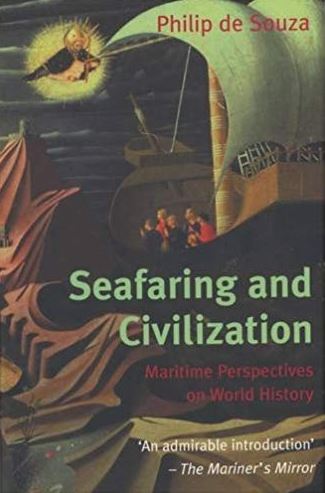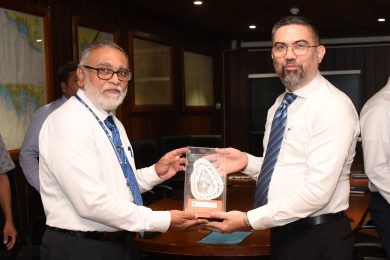Maritime Perspectives on World History
by Philip De Souza
Many and terrible are the wonders to be found, and none more so than mankind, the most terrible wonder. Traversing the foaming sea, driving forward through storms and gales as waves surge al around, he struggles to hold a steady course …
… Man is master, his genius is beyond all compass, beyond all imagining are the skills at his disposal – he strives onwards, at one moment to disaster, in the next towards triumph … (Sophocles, Antigone, 331–5; 376–81)

These verses, taken from the tragic play Antigone, written in the middle of the fifth century bc by the Athenian poet Sophocles, invoke both the benefits and the dangers inherent in the challenge of seafaring. They are also a metaphor for the double-edged sword of human ingenuity and genius – the capacity to create and to destroy. Throughout the history of the world the sea has offered a powerful medium for the development and expansion of human societies and it has been a conduit for the dissemination of both positive and negative aspects of civilization.
This study explores selected themes in the development of human civilizations, as seen from a maritime perspective. It does not aim to provide comprehensive coverage of world history in chronological or geographical terms. Rather it seeks to show some of the ways in which seafaring has figured at the heart of human achievements. While the history of the contributions made by seafarers and seafaring
to the evolution of human civilization is a varied and fascinating subject, we must, of course, keep in mind that there is a vast range of human activity which has had little direct connection with seafaring.
A major theme of the book will be the development of the maritime networks that have linked different societies and civilizations together, providing conduits for the exchange and distribution of goods, the projection of political and economic power and the diffusion of ideologies and cultures. In broad terms these networks can be characterized as either economic or political. Economic networks are essentially trading ones, which enable states or other organizations to extract, distribute, transform and consume resources such as food, metals or timber. Political networks are maritime empires or confederacies whose dominant groups direct the efforts of others to meet their own requirements.
In practice the two categories have often overlapped. The most successful seafaring civilizations could be defined as those which have most effectively exploited economic and political networks to achieve their ends.
A distinction can, therefore, be made between certain dynamic, ambitious seafaring states and societies that have embraced the challenge of the sea and other more passive ones that have not striven for mastery and have been vulnerable to overseas domination. The more extensive the networks were the more difficult it was to use them to dominate other societies, because of the practical constraints on direct control over long distances. We shall see how improvements in technology, increases in resources and better social and political organization enabled seafaring civilizations to develop extensive maritime networks. For many centuries, however, the most extensive maritime networks were confined to certain geographical and cultural regions.
The end of the fifteenth century and the beginning of the sixteenth mark a watershed in the history of the seafaring civilizations of the world. It was in this period that several European nations began to expand their maritime networks across the Atlantic, Indian and Pacific oceans into regions where their political and economic power had previously been of little or no significance. This expansion is impressively symbolized by the famous voyages of Columbus, Vasco da Gama, Magellan and others. Ultimately the
opening up of the global sea routes was to lead to the creation of a world-wide economic and political network. We shall explore some of the many repercussions of maritime expansion in a thematic and selective fashion.























